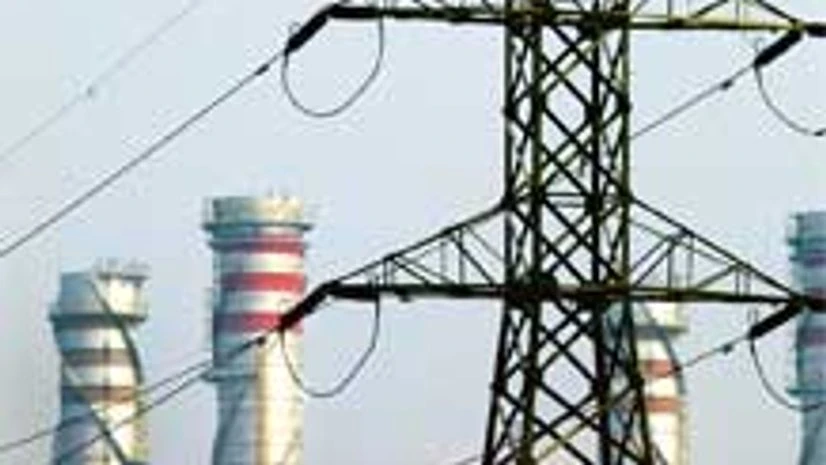Not much noise was made when the Madhya Pradesh government gave permission in 2007 to Reliance Power (R-Power) for a 4,000 Mw power project at Chitrangi.
Some months later, a letter was sent by the state chief minister to the Prime Minister, to permit the company to use excess coal from another project. This was duly granted by an empowered group of ministers (EGoM), allowing R-Power to use coal from mines allotted for its 4,000 Mw Sasan ultra mega power project. However, the power generated through excess coal was to be sold through rate-based bidding.
How could the company divert coal meant for one project to another? Reliance Power said with its highly-efficient technology and equipment from the US, it would be able to mine much more than was required for the first project.
According to government estimates, the three mines (Moher, Moher Amlohri and Chhatrasal) allotted for only Sasan would be able to provide it 16 million tonnes per annum. R-Power claimed the reserves of these three mines would enable it to support two power projects of the same size.
"This decision resulted in financial benefit of Rs 29,033 crore, with a net present value (NPV) of Rs 11,852 crore, to the project developer," said the Union comptroller and auditor-general (CAG) in its report.
The watchdog also raised other questions. They started from the allotment of three mines for a single project. The power ministry had initially thought two mines would be inadequate. And, the coal ministry had de-allocated a mine from NTPC, a public sector company, to give it for Sasan.
"In March 2008, Reliance Power maintained there was no possibility to enhance production beyond 12 million tonnes from the two blocks of Moher and Moher-Amlohri Extension. However, on August 6, 2008, it intimated their intention to use latest world-class technology, leading to an increased recovery factor and higher annual production, leading to the mined coal from these three blocks becoming surplus to the requirement of Sasan UMPP," the CAG said.
Within six months, R-Power changed its stance from lack of coal to 'surplus coal'. This led to the decision by the ministerial group. The EGoM,as mentioned earlier, had said the power produced from surplus coal would be sold on rate-based bidding. R-Power, however, had a go-ahead for an already accepted rate of Rs 2.45 per unit. The CAG believes the EGoM was not provided accurate information.
The bid clauses on coal allocation were opaque, the CAG said. It was left to prevailing policy or instructions of the government at the relevant point in time. Yet another clause said coal should neither be sold nor delivered or disposed, except with previous approval from the central government. These clauses were interpreted differently by different companies. Two of them were NTPC and Tata Power, which did not factor in the use of surplus coal. R-Power, which did, won the project for an extremely attractive bid of Rs 1.19 a unit.
"Since fuel cost is an important aspect of commercial consideration in arriving at the tariff (rate), any relaxation of condition subsequent to bidding would vitiate the bidding process," the CAG said. Tata Power contested this diversion in the courts, saying bidding rules were changed after a project was allocated. Had Tata Power known of this relaxation, it could have bid at a lower rate, too, its pwettion contended.
R-Power always said it had no role in allocation of coal blocks for Sasan. "(These) were allotted months before the bid submission in December 2006," the company had contended.
CAG QUESTIONS
- Power Ministry allotted third mine to Sasan, saying two mines would be inadequate
- Coal Ministry de-allocated a mine from NTPC to give it to Sasan
- In March 2008, R-Power said it was not possible to produce beyond 12 mt from two blocks
- In August 2008, it said it could now produce surplus coal for Sasan
- Clauses regarding excess coal utilisation were not transparent; bid conditions seem to have been changed later

)
